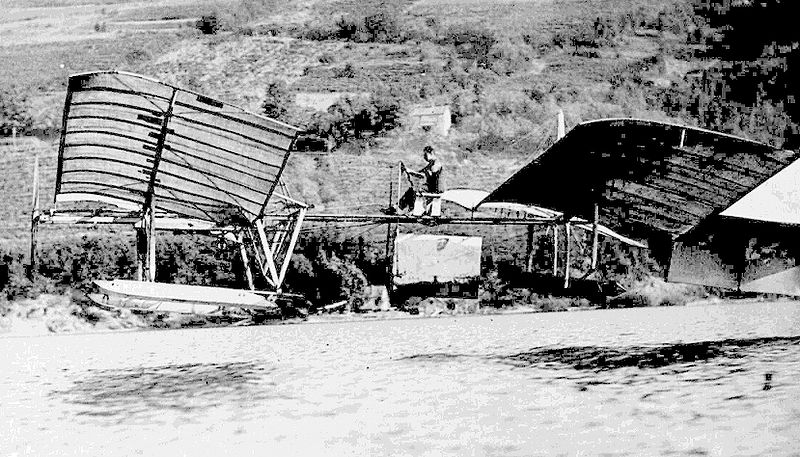Glen
Moderator
very interesting to see some growth out in my neck of the woods. interesting names, though it seems that the jeffersonian designation is following me, I used to live in OTL's "jefferson state" area.
Ah, so that is YOUR fault!
and, like everyone else, I must compliment you on how those western states look like eastern states.
Thank you - I was going for a more organic and landmark respectful aesthetic. Your praise sounds like I have hit the target!
this conversation on schulze is very stimulating, what's most shocking to me is that I only just now noticed that the map you're using has lake powell on it.
Yeah, I see it, just imagine it is a mirage!
as to population and population centers, it is bound to be one empty mother of a state, but very pretty nonetheless, it does contain most of utah's national parks.
I imagine that it will attract a lot of 'true America pioneer' types who want beautiful vistas, and to not have a lot of neighbors.
and, except for situations like juniper, where a place is particularly suited to having a city on it, I don't see why most of the state's towns would be in the same places or have the same names, the same goes for jefferson. practically every settlement in this region has mormonism somewhere behind its creation. st george, las vegas and ely, are supposed to have begun as mormon settlements,
Absolutely!
and they probably woudn't be there if not for the church's direction.
Yes and no - while the Latter Day Saints may have been dictating the original settlement plan OTL, the ones that lasted lasted for a reason, and we might yet see some of them having analogues, but it is sort of overlapping with your first point about places that have a natural reason for existing.
salt lake as well, without brigham young saying there needed to be a city here, the salt lake valley is probably farmland with a copper mining town on one edge, there's probably a town bulit around the silver in *park city, and there's liable to be an important settlement in the cache valley, north of salt lake, it's an old crossroads and meeting place from probably before europeans first entered the region.
Yes, quite so.

